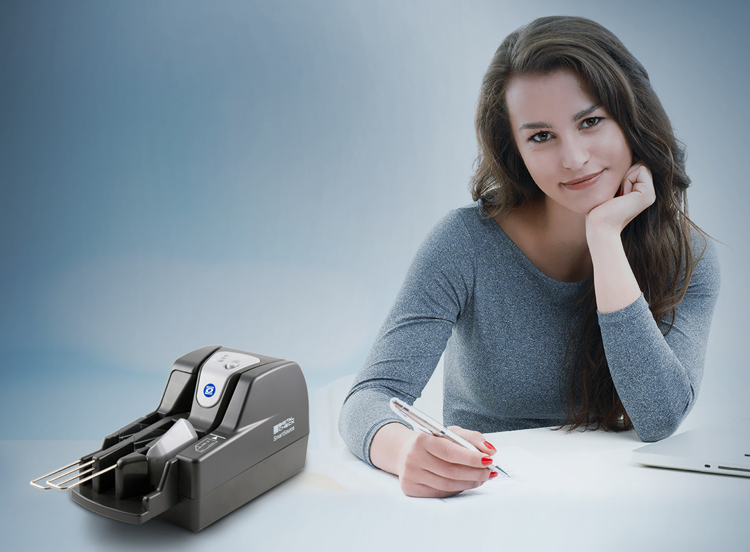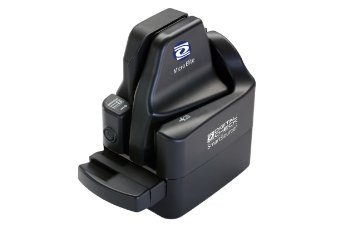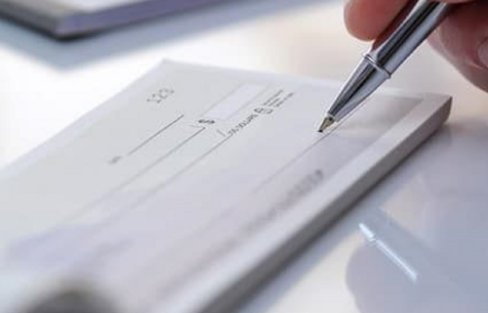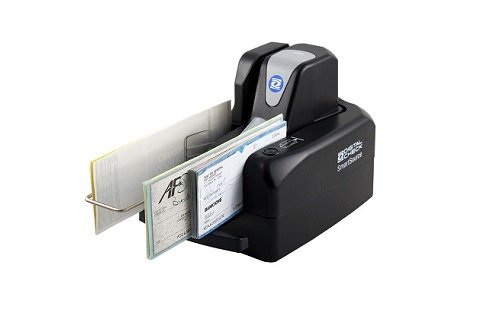

Checks Electronic Clearing Law Q&A
Checks Electronic Clearing Law Q&A
Question: What is the Checks Electronic Clearing Law, 2016, and how does it help me?
Answer: This is a new process that allows the physical transfer of checks via e-clearing by holding checks in the presenting bank (the collecting bank) and sending image files of the checks to the continuing bank (the bank from which the amount it drawn), as an alternative to physically sending the check from the bank deposited to the check writer's bank. This process is also called the check consignment process, because the check is stopped at the presenting bank or check simulation process because the presenting bank produces an image file of the physical check.
Thanks to the Electronic Clearing Act, 2016, it is possible to provide cheaper, innovative, convenient and faster banking services for banking clientele, and the customer can deposit a check without having to reach the branch through a deposit in the banking app.
Question: Why was the process of check consignment/simulation developed?
Answer: The 138 million checks deposited in Israel in 2015 show that the use of checks still takes up significant volume of our payment methods. The new process upgrades the old check clearing processes and uses innovative technologies to increase the efficiency and speed of the clearing process. Introducing innovation in the process allows the ability to make faster, convenient and cheaper deposit options.
Question: How does the process of check consignment affect me?
Answer: You will still use the physical check to make a payment and when you receive a check, you can still deposit the check through your branch. However, you now have a new, more advanced and faster way to deposit the check, and you can make the without having to go to the bank branch, using the banking app.
In addition to changes in the deposit process, another change takes place in the return of declined checks. As mentioned earlier, the new change allows each check to be scanned into an image file. Therefore, when you return a check to a customer, there are two available alternatives: to ask the bank to re-deposit the check, or to receive "computerized check output" (see answer to question - "what is a computerized check output") containing a photo of the check and the reasons for the return. Once the output is generated, the customer will not be able to re-deposit the check or transfer it to a third party.
Question: Will the length of the check clearance term change due to the new process?
Answer: As of the beginning of the process, the duration of the check will not change. But thanks to the Electronic Clearing Law, in the future, once the process is over, we can shorten the term duration it takes for the check to be repaid until the customer account credit phase (today's credit by final check only after three business days). This means that the depositing customer can get the final credit on their account faster.
Question: When was the new process launched?
Answer: The new law was implemented in two main stages:
- November 08, 2016 - As of this date, the following banks: Hapoalim Bank, Leumi Bank, Israeli Arab Bank, Discount Bank, Mercantile Discount Bank, Mizrahi Bank, International Bank, Otsar Hahayal Bank, Bank Massad, Eubank, PAGI - enabled their customers to perform Inter-bank deposit of checks using a banking app.
- November 21, 2017 - As of this date, all the checks that are deposited, all means of deposit are presented for electronic collection.
Question: What can I benefit from the new process?
Answer: The new process enables the provision of cheaper, innovative, convenient and faster banking services for banking clientele. Checks simulation allows banks to extend the deposit-checking services through the banking app. As of November 21, 2017, in most banks, the customer can use the banking applications to deposit checks of all banks and is not required to reach the bank branch to deposit the check for repayment. As a result, check deposit costs have also been reduced by up to 75%, since electronic deposit is considered a direct action (and for customers subscribed to the route service, it will count as a free action on its plan).
Question: Does the new process include all checks and all banks?
Answer: The new process includes all the checks that are denominated in shekels.
The assimilation process was gradually performed - the first phase began on November 08, 2016, in which interbank checks clearing via the banking app, among most Israeli banks, was made possible. The second phase began on November 21, 2017, and includes all banks in Israel, within which all checks that are passed in interbank clearing are presented electronically.
Question: Am I required to do something different?
Answer: If you do not want to, you do not have to change the way you handle checks. However, the new process gives you the ability to choose whether to reach the bank branch to deposit the check or choose to make a deposit without reaching the bank branch through banking apps. If you usually deposit checks with your teller, the new process will also allow you to lower deposit costs by about 75%, since electronic deposit is considered a direct channel operation (and for customers subscribed to the route service, it will count the number of free actions on that channel).
Question: I deposited a check, and it was declined. What are my options?
Answer:
1. Ask your bank to deposit the check again, if there is no good reason for the decline.
2. Contact the person who gave you the check to discuss an alternative payment method.
3. Ask your bank for a document called "Computerized Check Output".
4. You can independently print the output from the bank website where your account is managed.
Note - If you request to receive a "computerized check output" (see answer to question - "what is a computerized check output ") - after receiving the output you will not be able to re-deposit the chic or transfer it to a third party.
Question: What is a "computerized check output"?
Answer: In the past, whenever a check was declined, you would get the physical check on which the reasons for the decline were printed.
During the check decline, the bank must produce, at your request, an output of the computerized check which replaces the physical check and serves as evidence of receival in legal proceedings (court or execution).
Please note - If you deposit the check using the banking app and the check is returned, and you want to receive a computerized check output, the bank will notify you, prior to the output, that the check may not be deposited again and should not be transferred to a third party.
Question: I decided to ask the bank to produce a computerized check output for me, which details do I have to make sure that are presented on it?
Answer: Hyperlink to Appendix 314 to the Clearing House Rules - computerized check output
Question: Do all banks' apps allow check scanning? Is the process simple?
Answer: Implementation of the Checks Electronic Clearing Act, 2016, helps the process of developing cheaper, innovative and intuitive banking services for banking clientele. Due to the fact that each bank provides different technology services to its customers, you must inquire with your bank whether it allows the service of check depositing using the banking app.
Deposit of checks by means of the banking app, without a physical deposit of the check itself, is done through the "check deposit via smartphone" service in the bank app, by taking a photo of the check and sending it to the bank in an encrypted manner. This allows the customer to save the waiting time in the local the branch or self-service kiosk while depositing. This method allows only the deposit of checks marked "for the beneficiary only" and of less than ILS 10,000. After the operation, the customer will be required to keep its original check for at least three days.
Question: Taking a photo through the banking app is inconvenient, and my business deposits dozens of checks a day. Will it be possible to scan the checks using a different method than the mobile banking app?
Answer: Other technology services that allow scanning and depositing of checks remotely without having to reach a customer branch are available by banks as of November 21, 2017. In any case, each bank provides different technology services to its customers, so you should check with your bank whether It enables this service.
Question: Will it be possible to deposit deferred checks?
Answer: Checking Electronic Clearing Law, 2016 does not affect deposition of deferred checks because the change only applies to the presentation of checks between banks. Therefore, deferred check depositing process can only be done at the branch and will remain as it is today. When such check is deposited, the bank will keep the physical check and only when the clearing date can be presented, and when the presenting bank presents the check to the paying bank, the presenting bank will create an image file of the check.
Question: Does the Electronic Checks Clearing Law, 2016, constitute a digital solution that is an alternative to checks?
Answer: No, the physical check will still exist, and the withdrawer will continue to write paper-based checks and hand them over to the beneficiary. The Electronic Checks Clearing Law provides new ways of depositing and crediting the beneficiary's account. The new process is designed to allow a deposit process between the client and its bank and an inter-bank clearing process that shall be more efficient, by altering the process of contracting between the banks. The new process will be performed using a digital image file as an alternative to the physical transfer of the check from the bank deposited to the check writer's bank and alternating the handling process if declined checks.
Sources: Bank of Israel website
Products related to this article
News & articles
-
{{item.name}} {{item.details}}
basketside.noitemesfound













